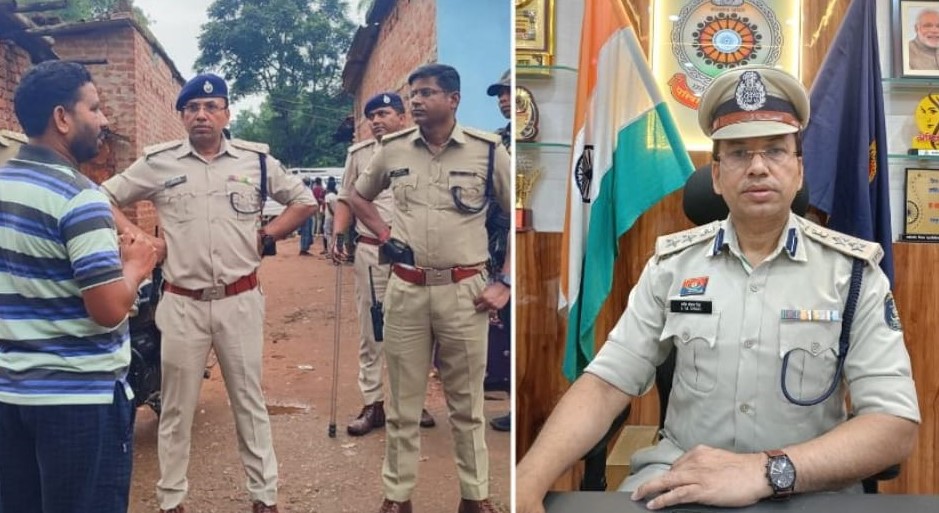- Police disrupt interstate cattle smuggling network
- Operation Shankhnad rescues over 1,100 cattle
- Drones and cyber tools aid crackdown tactics
- Model framework for rural border policing
Cattle smuggling has long posed challenges in India’s border districts, where porous boundaries enable illegal transit. Authorities have experimented with new strategies, combining intelligence, surveillance, and interstate coordination to curb this activity. In Jashpur, Chhattisgarh, a 10-month police-led campaign has disrupted such operations, signaling a deeper shift in enforcement methods and regional security focus.
In Jashpur, Chhattisgarh, police dismantled a major interstate cattle smuggling network. The effort, named Operation Shankhnad, was led by IPS officer Shashi Mohan Singh, SSP Jashpur. Over ten months, the operation rescued more than 1,100 cattle and seized 48 vehicles.
Mr. Singh identified Jashpur’s location near Jharkhand and Odisha as a critical smuggling corridor. Police tracked routes through villages like Siteengarhtoli and Dadgaon, often used by smugglers exploiting easy state crossings. Coordination with Jharkhand Police enabled joint actions at identified checkpoints.
Technology strengthened enforcement. Drones offered aerial monitoring of hideouts, while cyber tools tracked suspects’ mobile patterns and created detailed maps. This mix of field and digital intelligence increased precision and reduced resistance in communities.
Logistics posed hurdles, as cattle rescues required safe transport and complex paperwork. In one case, officers freed 69 cattle in a single day, far beyond initial estimates. Smugglers adapted quickly, shifting from trucks to smaller vehicles, then to forest routes on foot. Police countered with tyre-puncture traps, stealth teams, and rapid pursuit measures.
The risk to officers was significant. Operations often occurred late at night, with instances of violence. One constable was hospitalized after being struck by a vehicle. To sustain morale, Singh rotated duties and publicly recognized team successes.
Over time, smuggling activities reduced. Large-scale movements of 50-70 cattle have decreased, with many vehicles seized and history sheets opened on leading gangs. Several key players abandoned the trade or left the state. Remaining groups now operate in smaller clusters, often on foot.
Mr. Singh emphasized Operation Shankhnad as a model for other border districts. Weekly monitoring and nodal officers now support continued enforcement. Police are expanding cyber tracking and sensitization efforts, aiming to both deter future smuggling and rehabilitate former offenders.
Operation Shankhnad has reshaped cattle smuggling trends in Jashpur, reducing volumes and forcing tactical shifts by networks. With planned surveillance and community measures, authorities aim to sustain control and build this as a replicable policing approach for similar regions.
If sustained, such operations may lead to fewer large-scale smuggling incidents. Communities could benefit from improved security, while enforcement agencies may integrate drones and cyber tools as standard. Broader adoption of these models could gradually reshape rural policing in border-affected regions.







